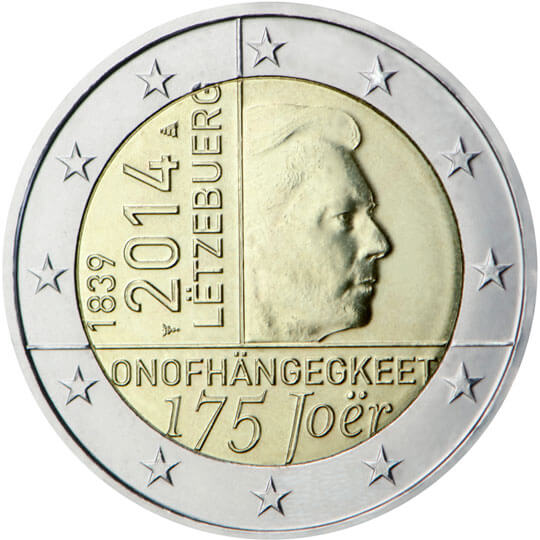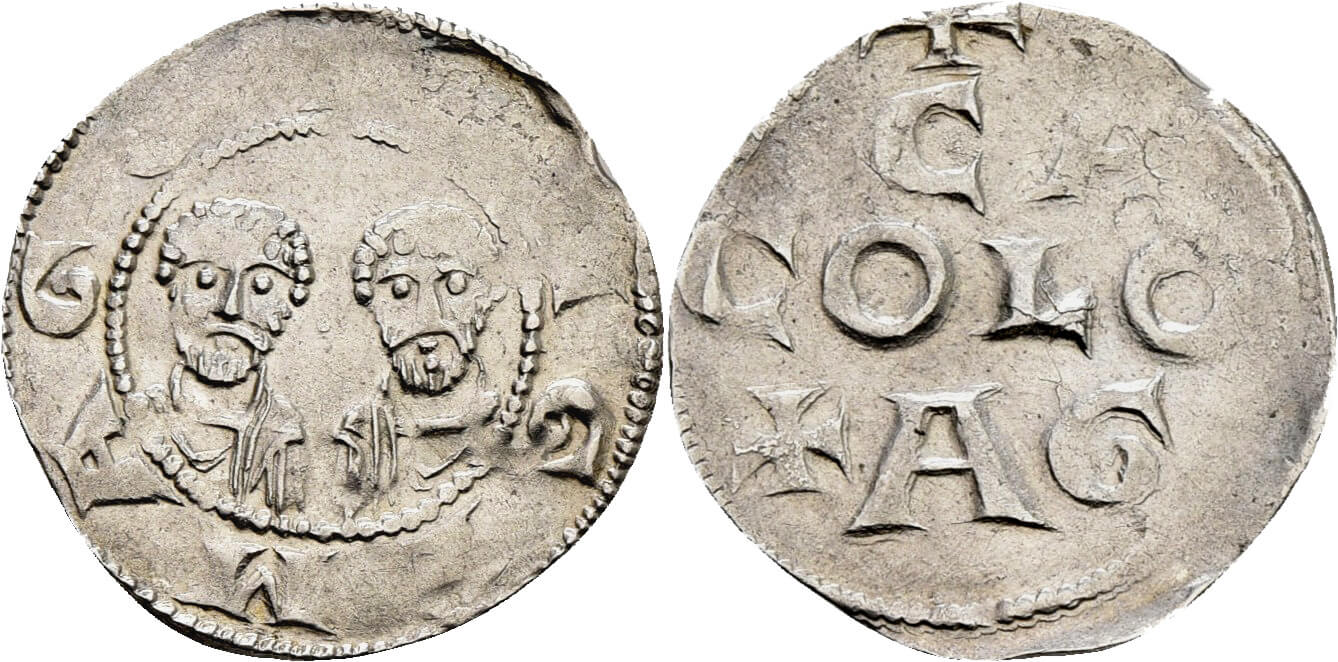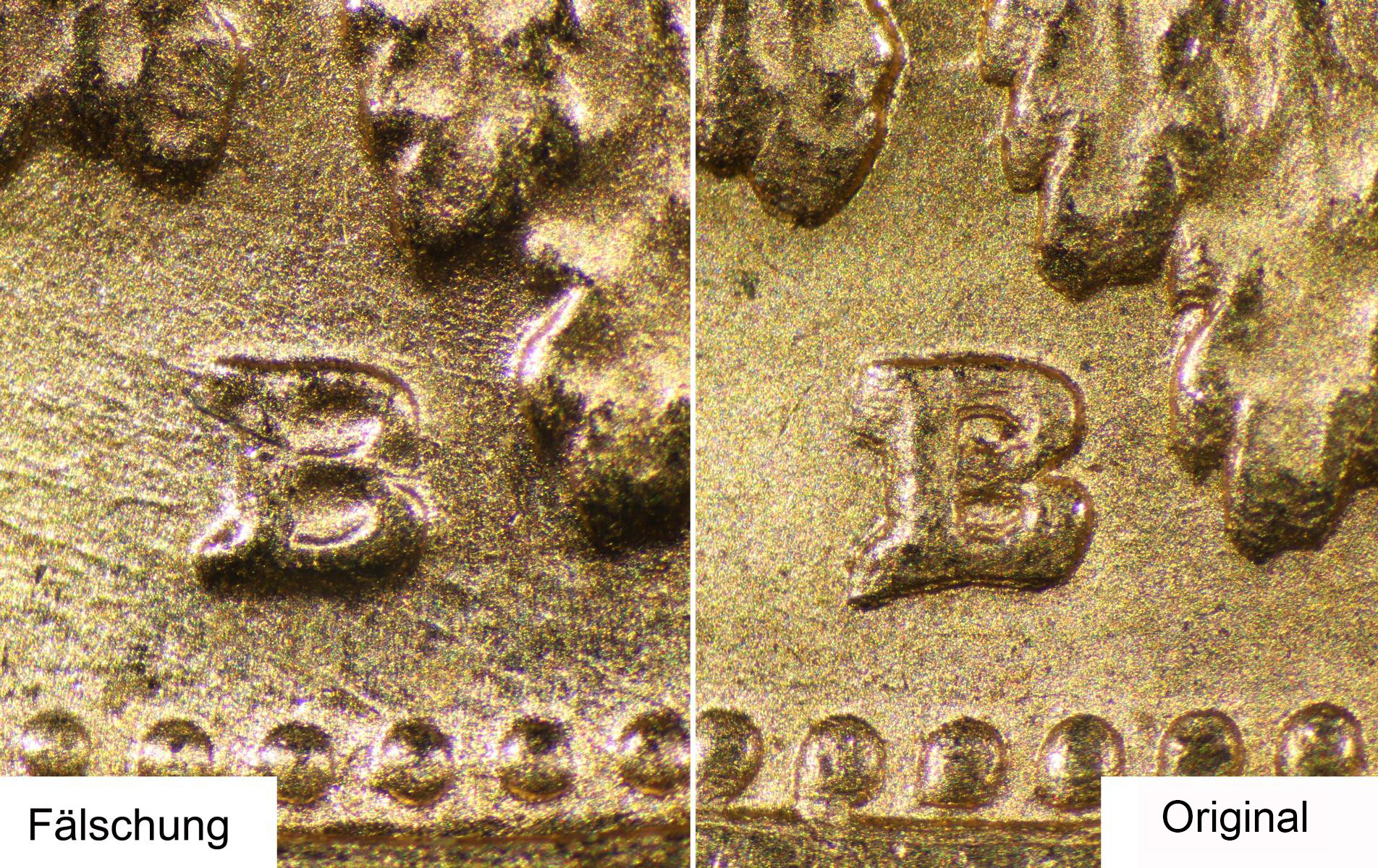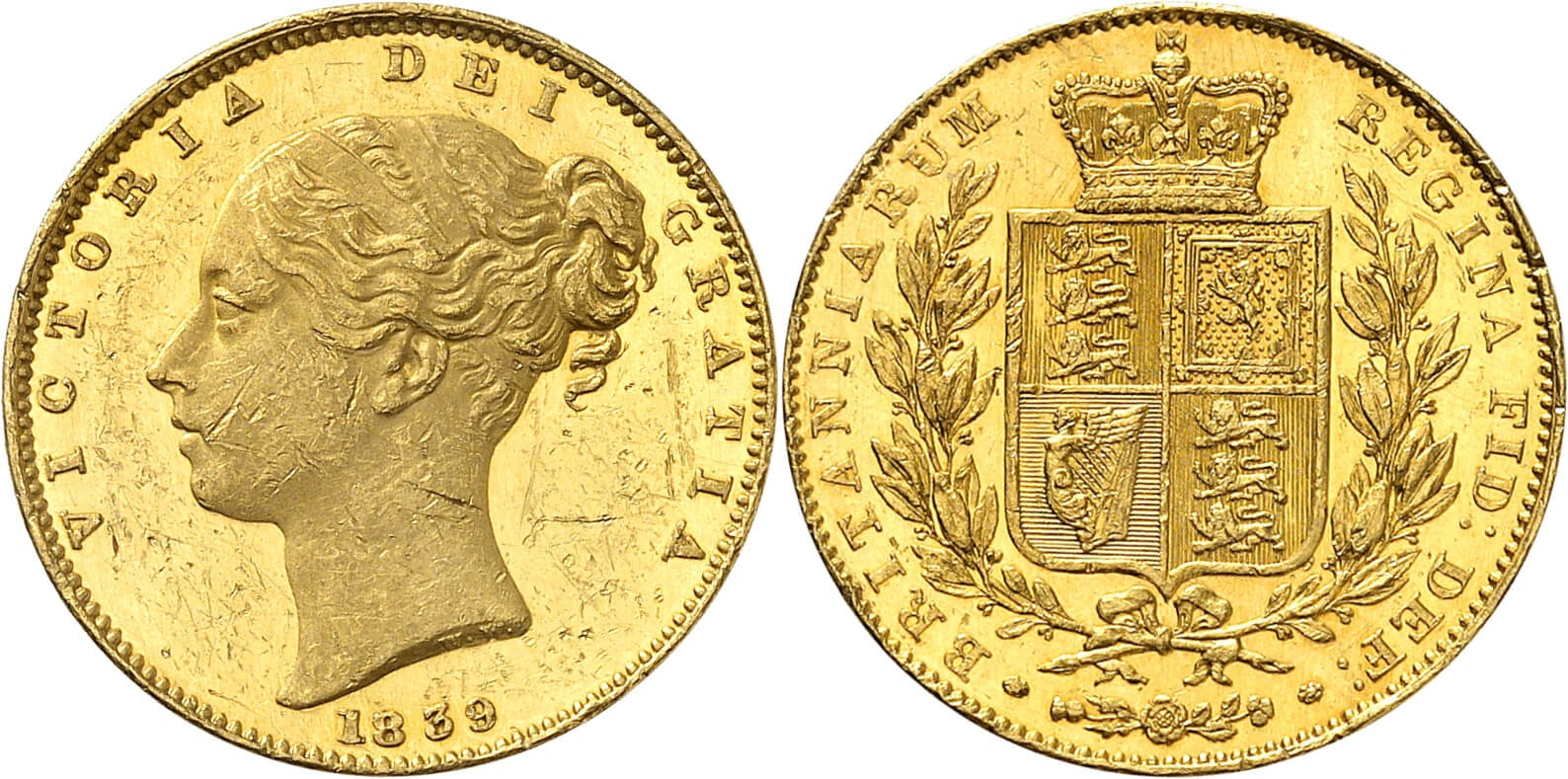Numismatic Bookplates – a Wonderful Field of Collection
On 2 and 3 November 2020, auction house Künker in Osnabrück will auction off the library of coin dealer Alain Poinsignon. Just like every great library, it contains books that were previously owned by other numismatists and coin collectors. Bookplates tell this story. And we tell some stories about the bookplates.












